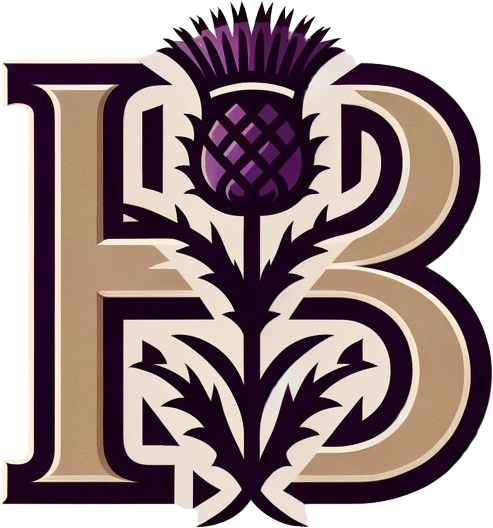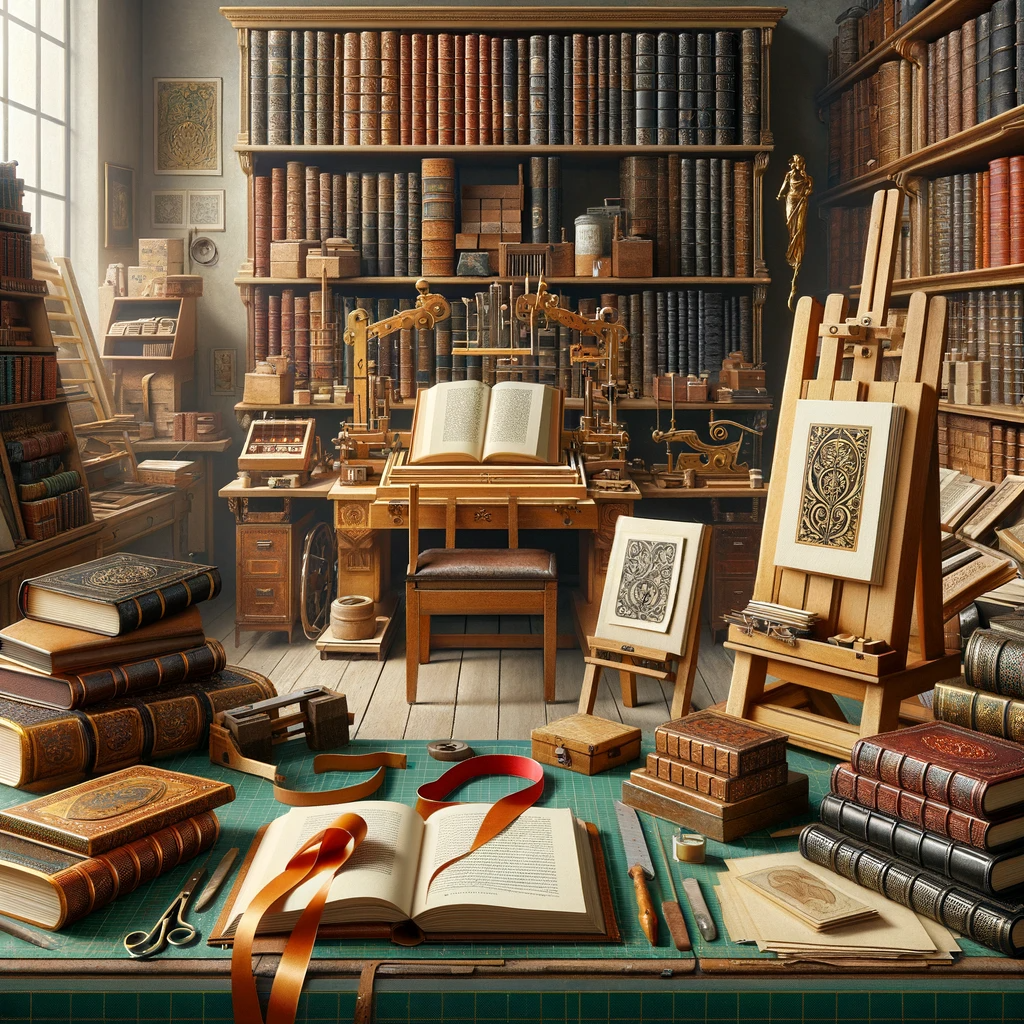Traditional bookbinding is an art form steeped in history, combining meticulous craftsmanship with a deep understanding of materials and techniques. This post delves into ten essential elements that define traditional bookbinding, highlighting the skill and heritage behind each beautifully bound book.
Craftsmanship and Precision: At the heart of traditional bookbinding is the expert bookbinder. Traditional bookbinders train for years to master the precision required in cutting, folding, sewing, and finishing a book. This meticulous attention to detail ensures each book is not only aesthetically pleasing but also durable.
Historical Significance: Traditional bookbinding is rooted in monastic origins, where monks painstakingly hand-copied and bound manuscripts. These methods have been passed down through generations, preserving a link to our literary and cultural past.
Quality Leather: Leather has been a favoured material in traditional bookbinding for centuries. Quality leather covers are not only durable and protective but also add a touch of elegance. The texture, colour, and aging of leather covers contribute significantly to a book’s character.
Hand-sewn Binding: In traditional bookbinding, the pages are carefully sewn together using strong threads. This technique is crucial for the book’s longevity, ensuring the pages remain secure over time.
Natural Glues and Adhesives: The use of natural glues, such as animal glue or starch-based adhesives, is a hallmark of traditional bookbinding. These glues offer the necessary strength and flexibility, crucial for the book’s durability.
High-quality Paper: The choice of paper is vital in traditional bookbinding. High-quality, acid-free paper is used to prevent deterioration over time. The texture, weight, and colour of the paper are carefully selected to match the book’s purpose and style.
Gilding and Tooling: Gilding (applying gold leaf) and tooling (creating designs with heated tools) on leather covers are traditional techniques that add decorative elements to a book. This intricate work requires skilled hands and adds to the book’s beauty and value.
Marbled Endpapers: Marbled endpapers are a distinctive feature in traditional bookbinding. Created by floating inks on a liquid surface and transferring the pattern onto paper, these unique, colourful designs add an artistic touch to the book’s interior.
Ribbon Bookmarks: A practical yet elegant feature in many traditionally bound books is the inclusion of a ribbon bookmark. Attached during the binding process, these bookmarks are both functional and add a decorative element.
Protective Boxes and Slipcases: Finally, traditional bookbinding often involves creating custom boxes or slipcases to protect the book. These are made to fit each book perfectly, offering additional protection and enhancing the book’s presentation.
Traditional bookbinding is more than just assembling pages; it’s a craft that blends art, history, and skill to create something that stands the test of time. Each element, from the leather covers to the hand-sewn bindings, plays a crucial role in creating a book that is not only a vessel for words but also a work of art in its own right. Embracing these elements ensures that the rich legacy of traditional bookbinding continues to thrive in our modern world.

